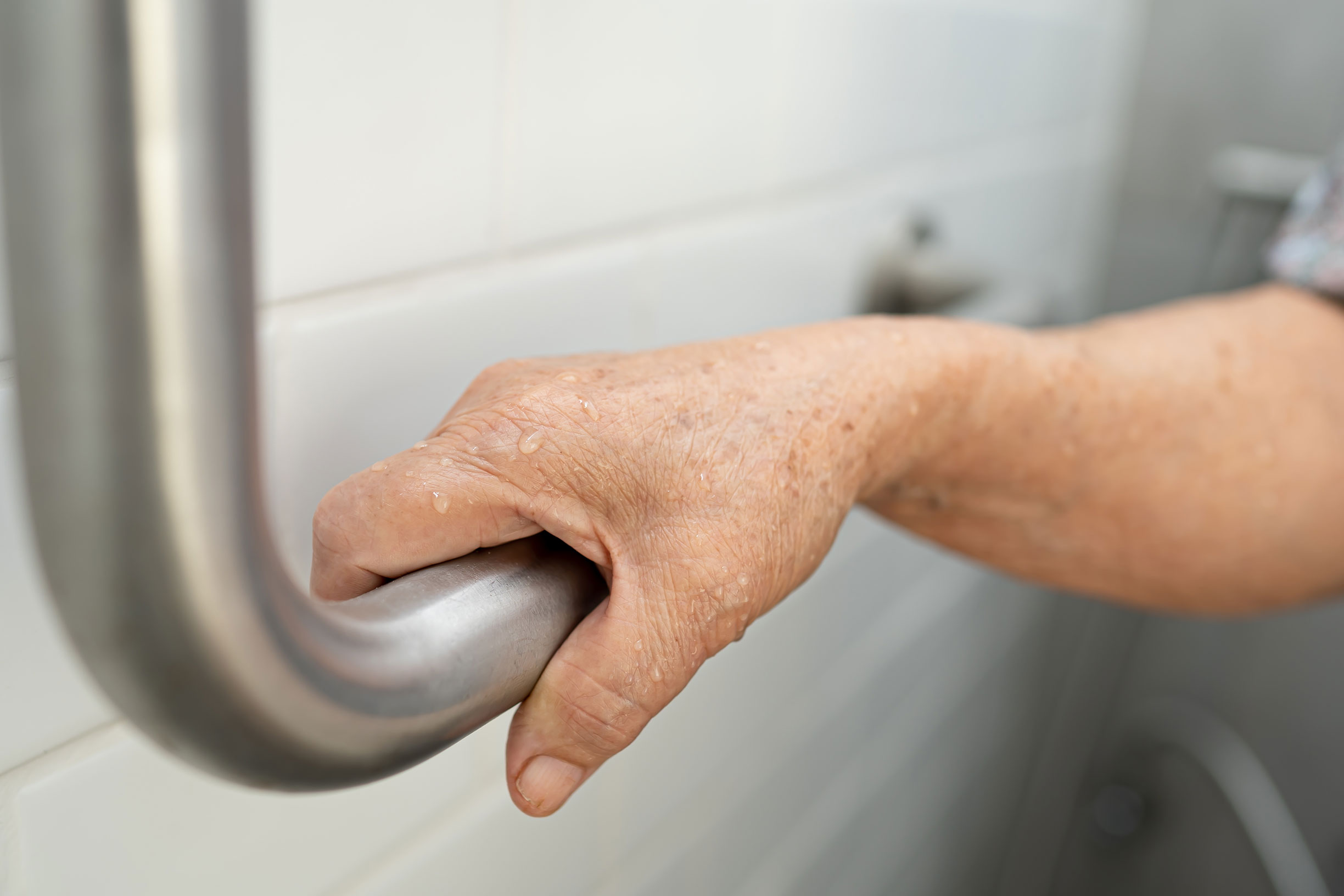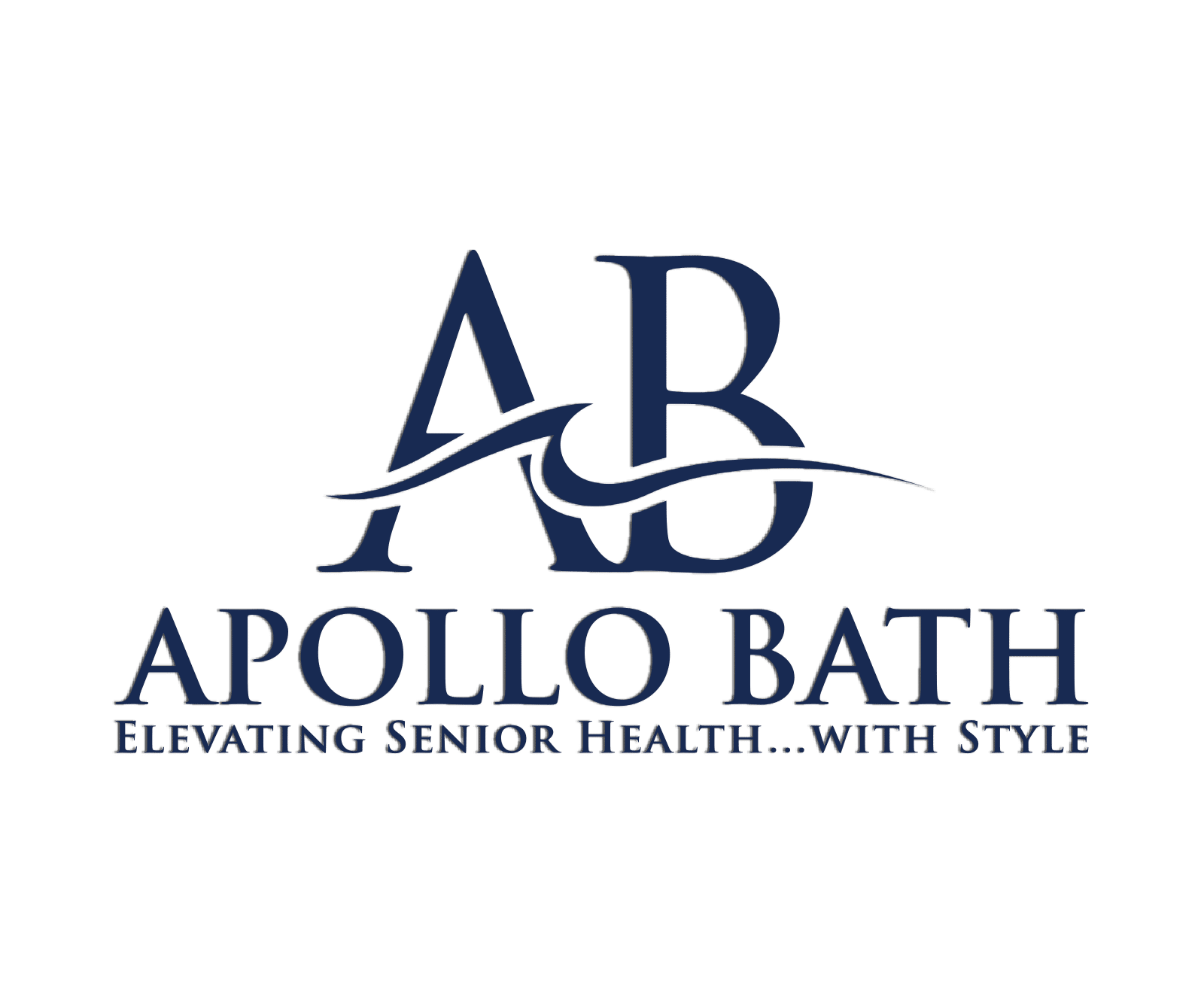Bathing Compliance Breakthrough: 7 Proven Ways to Future-Proof Your Facility for 2025 and Beyond

In senior care settings, bathing isn’t just a basic need – it’s a high-stakes operation. With federal and state regulations tightening, bathing compliance has become one of the most closely scrutinized areas during inspections. Whether you’re preparing for CMS audits, ADA reviews, or internal quality checks, your bathing environment says everything about your facility’s commitment to dignity, safety, and proactive care.
Let’s walk through how to make sure your bathing systems are future-proofed, your staff is trained, and your facility shines in every inspection.
What Is Bathing Compliance in Senior Care?
At its core, bathing compliance means ensuring your bathing systems, processes, and environments meet all required regulatory, safety, and ethical standards. It covers:
- CMS standards for infection control and resident dignity
- State-specific regulations that often go beyond CMS
- Caregiver protocols for safe bathing, including proper use of equipment and communication with residents
According to the CMS State Operations Manual, F-tag 584 highlights resident dignity as non-negotiable. That means a resident’s bathing experience must be safe, clean, and emotionally supportive.
Why Bathing Compliance Is Under the Microscope in 2025
The post-COVID landscape has reshaped compliance priorities. Inspectors aren’t just checking for grab bars – they’re reviewing:
- Infection control policies that align with CDC guidelines
- ADA updates, including barrier-free entry, non-slip flooring, and support rails
- Facility response plans for skin integrity issues and water temperature scald risk
With stricter protocols and digital documentation expected in audits, bathing compliance is becoming a benchmark of care quality.
Top Challenges Facilities Face in Bathing Compliance
Even the most well-intentioned facilities struggle with:
- Aging infrastructure that isn’t easily ADA-upgradable
- Staffing shortages that affect resident supervision and sanitation
- Budget limitations when it comes to new tubs or transfer systems
Yet delaying upgrades invites citations, poor online reviews, or worse, resident injury. Non-compliance isn’t just risky, it’s expensive.
The High Stakes of Non-Compliance
Regulators are no longer lenient with deficiencies that impact resident safety. Fail to meet compliance, and you could face:
- CMS survey tags that appear on public report cards, like Nursing Home Compare
- Fines and sanctions from state health departments
- Reputation damage, especially on platforms like Google and Caring.com
- Loss of referrals from hospitals and social workers who check compliance records
Federal & State Mandates You Must Know
To comply confidently, you need to align with:
- Americans with Disabilities Act (ADA): Ensures safe entry, exit, and bathing usability
- Centers for Medicare & Medicaid Services (CMS): Focuses on dignity, safety, and staff-resident ratios
- Centers for Disease Control (CDC): Infection control in shared bathing areas
- Occupational Safety and Health Administration (OSHA): Staff safety, particularly during resident transfers
Designing Bathing Rooms for Safety and Dignity
Modern bathing areas should eliminate confusion and risk. To achieve that:
- Use calming tones and textures to reduce anxiety, especially in memory care
- Choose anti-slip flooring, grab rails, and no-step entries
- Implement call systems easily reachable from every position, seated or standing
The ADA Guidelines offer specs that architects and administrators must consider before any renovation.
The Role of Equipment in Compliance
Bathing systems must go beyond basic functionality. Look for:
- Hydrotherapy tubs that offer comfort while reducing infection risk
- Thermostatic mixing valves that prevent scalding
- Automated cleaning systems to comply with CDC standards
Apollo Bath leads in this space, with systems like the ReGen™ and Advantage™, designed to deliver hygiene, dignity, and operational ease.
Memory Care & Bathing Compliance
Residents with cognitive decline face unique challenges:
- Confusion from harsh lighting or complex environments
- Resistance or aggression during personal care
- Increased fall risk due to disorientation or instability
Facilities can mitigate these by incorporating quiet-operating tubs, visual cues, and gentle transfer systems that reduce sensory overload.
Proactive Assessments for Your Current Systems
Before inspectors do it for you, run internal reviews:
- Audit all bathing equipment for ADA compliance and operational integrity
- Map infection risks, including cross-contamination hazards
- Identify wear-and-tear that could lead to injury
Need help? Schedule a consultation with Apollo’s compliance team.
Apollo Bath’s Innovation in Compliance Design
Why Apollo Bath? Their systems go beyond compliance:
- UV disinfection that kills pathogens on contact
- No-lift entries for smoother, safer transfers
- Ergonomic controls designed for staff ease and resident autonomy
This isn’t box-checking – it’s designing for the future.
Training Caregivers for Compliance Success
No equipment can replace a well-trained team. Training should include:
- Safe transfer techniques using Hoyer lifts and pivot assists
- Resident communication focused on dignity and consent
- Refresher courses every 6–12 months
Trainings should follow OSHA’s caregiver safety guidelines.
Cleaning Protocols That Meet New Standards
Post-pandemic, cleaning has moved from important to urgent. Follow CDC cleaning guidelines:
- Sanitize after every use
- Use EPA-approved disinfectants
- Log every cleaning, with timestamp and staff ID
Apollo systems automate much of this, cutting cleaning time by up to 40%.
Key ADA Bathing Requirements to Implement Today
Here’s your short list:
- Grab bars installed at 33–36″ height
- Lever-type faucet handles
- Tub seats 17–19″ above floor
- 60″ clear turning radius for wheelchair access
ADA standards for bathing facilities are specific – no guessing allowed.
Creating a Calm Bathing Experience for Residents
The right environment improves outcomes. Consider:
- Soft LED lighting instead of fluorescents
- Essential oils (lavender, eucalyptus) with diffuser-safe systems
- Warm towel warmers to improve comfort
Reducing Injury Risk Through Design and Protocol
Over 70% of facility injuries happen during transfers. Reduce the risk with:
- Zero-threshold entries
- Two-person transfer rules
- Ongoing lift system training
ROI of Compliance Investments
Yes, compliance has cost – but the return is measurable:
- Reduced insurance premiums
- Better online reviews
- Higher staff retention due to safer working conditions
Most Apollo clients see ROI within 12–18 months.
Are You Ready to Improve Compliance in 2025?
The future of senior care lies in anticipation, not reaction. Upgrading your bathing systems today isn’t just about passing surveys – it’s about protecting your residents, supporting your staff, and securing your brand reputation.
If you’re ready to future-proof your facility, contact Apollo Bath today for a customized consultation. It’s time to lead, not just comply.
